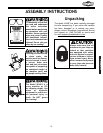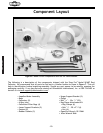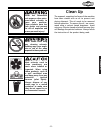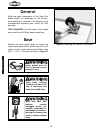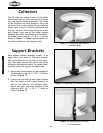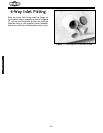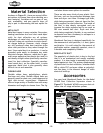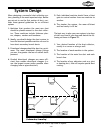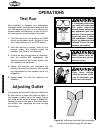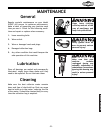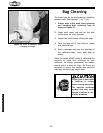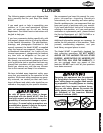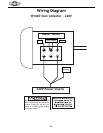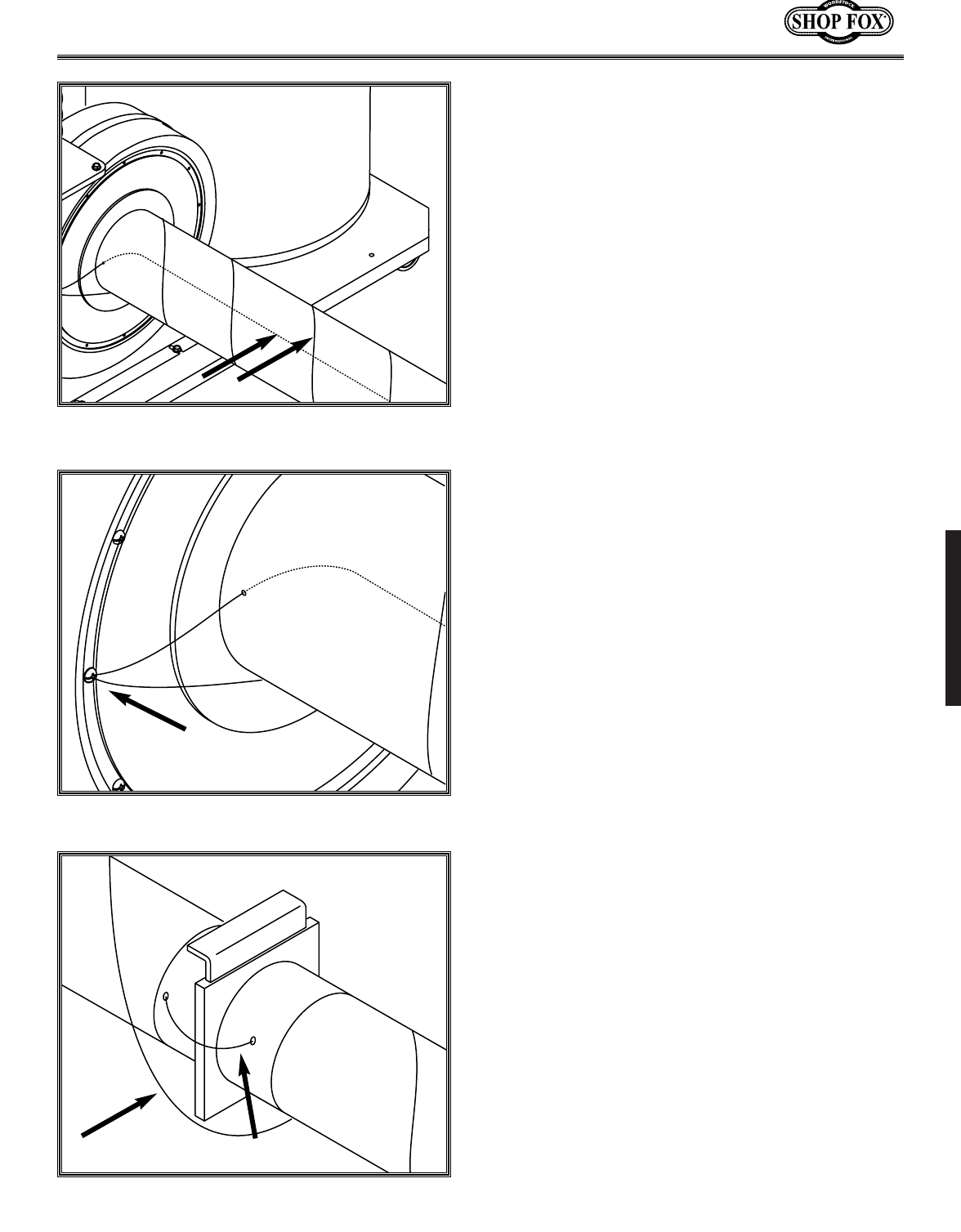
ASSEMBLY
-17-
Figure 18. Wire inside and around pipe.
Figure 19. Ground wire secured to collector.
Figure 20. Ground wires bypassing blast gate.
System Grounding
Static electricity is generated by the collision of
dust particles as they travel through dust collec-
tion ducting. Plastic ducting acts as an insulator,
allowing the static charge to build. The build-up
of electricity will eventually discharge to the
nearest available grounding source. The dis-
charge will be in the form of a spark (arc) of
electricity that has the potential to ignite air-
borne dust, causing a fire or explosion hazard.
Therefore, your dust collection system must be
grounded by means of metal ducting throughout
the entire system or, when plastic pipe or hoses
are used, by bare copper wires.
If using metal ducting for the collection system,
ensure that each machine in the system forms a
conductive connection through the entire length
of duct work and back to the dust
impeller/motor assembly. If plastic hose or blast
gates are used between metal ducting anywhere
in the system, 12 gauge bare copper will need to
be used to “jump” the plastic conductive barri-
er and complete the conductive line between
the machine and the dust impeller/motor
assembly.
When the system is to be made up entirely of
plastic hoses and blast gates, wrap 12 gauge
bare copper wire around the hose from the dust
impeller/motor assembly to the machine body.
Another wire should be placed inside the
pipe/hose with exit holes for the wire at each
end of the hose run. After exiting the hose at
each end, the wire should connect to the dust
impeller/motor assembly and the machine body
as shown in Figures 18 and 19. If the system has
branches, place wires in the same fashion and
connect to the wires on the main pipe/hose with
wire nuts. If blast gates are to be used, drill exit
and entrance holes on both sides of the blast
gate to allow wire to be fed out of and into the
system as shown in Figure 20.



